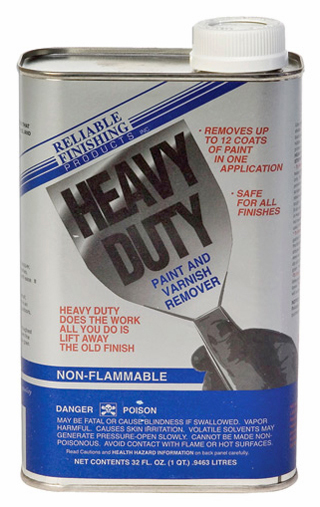
I am a woodshop teacher (and always in need, like all shop teachers). My principal always has a list of projects he would like completed during the school year; last year, we refinished some of the library chairs. This year’s is beyond me and I need help. He wants all the wood classroom doors refinished in the schools — about 35 doors. The doors are hollow core, installed and finished in the 50s with varnish. I have been asking around and have gotten all kinds of suggestions on how to complete the job. One said strip the doors and refinish; I am afraid of delaminating the doors and smell and safety. Another said to sand and refinish; I am concerned with paper gumming up. One said to sand with scotch pads and poly them; another said to scotch them and use an alcohol solution that will melt the finish back to new. The students will be doing this project one door at a time. Please help. – Dan Banka
Tim Inman: I was once a woodshop teacher myself. And, like you, I was constantly bombarded with requests from faculty and “friends” who had projects for my students to do. (Actually, they wanted me to do the work, not my students!) Frankly, I was, and still am, quite offended by this practice. I was not there to be a maintenance man or workshop foreman for my free-laboring students. I was there to teach the subject matter in an organized and efficient way, in all its facets. If some project fit into that plan or my timeline, then fine. But usually, it didn’t, so I stopped it cold. Why are you allowing this practice? It must be discouraged! Otherwise, your students will just feel like they’ve been “dumped” into a workroom to slave away doing the janitor’s jobs – and they’ll lose interest rapidly – and tell their friends, too. Build respect for our craft and for your program by refusing to allow yourself and your students to be manipulated into doing this sort of “flunky” work.
So, back to the question: What are these doors worth? If they’re not worth more the price of replacement, then there is your answer. Hollow core doors can be good doors. If they are good, then go to the next question: Why do they need refinished? If they are simply dirty and scarred, then a surface cleaning with mineral spirits might be enough. You could then re-stain as needed to match, and apply a new coat of finish to seal and protect. If, however, the damage is more severe, then the doors need the old finish completely stripped off and a new finish built after repairs have been made. Once you know how deeply you need to go before you can rebuild the finish, then you can go on to other questions.
Chemical cleaning, such as using mineral spirits, involves flammable conditions. Chemical exposure and ventilation is another area of concern. If stripping, then chemical exposure both in terms of breathing and skin contact becomes a huge issue. Disposal of hazardous wastes and hazardous waste byproducts is an area – and expense – not to be overlooked. Are you equipped to handle this in a classroom setting? What about fumes exposing other students in the school? Both OSHA and EPA are very active in the paint removal exposure areas. I would urge extreme caution using and disposing of these materials with students in a public school arena. This is truly a job for a licensed painting contractor or professional restorer.
Consider arranging a contract for the work, and finding ways for the contractor to hire your students to help them. This on-the-job training can be invaluable for the benefit of the students. It gives them work experience, and some income, while also teaching them the trades. To me, arranging and coordinating that work experience would be a better use of your professional time, too. Please feel free to share my views with your administrators. What they are asking is off-base.
Chris Marshall: I agree with Tim’s assessment. With the potential need for strong chemical strippers or even ongoing exposure to solvents, this doesn’t sound like the kind of “work-study” program that any principal or school board should condone for students — much less what OSHA or the EPA would advise or allow. Your time and shop-course goals would certainly be better used by sticking to the curriculum and safer, more enjoyable student projects.





